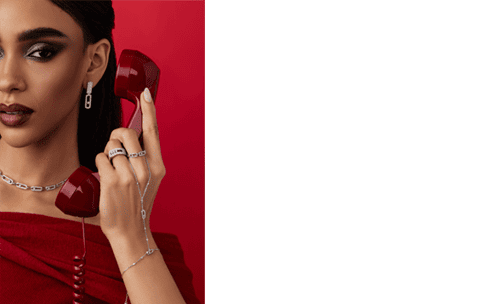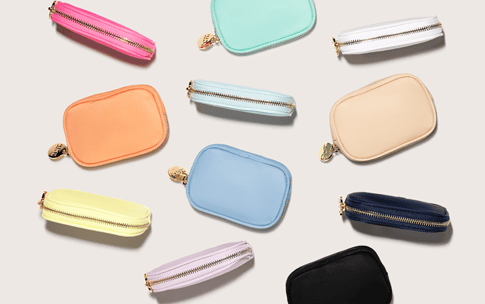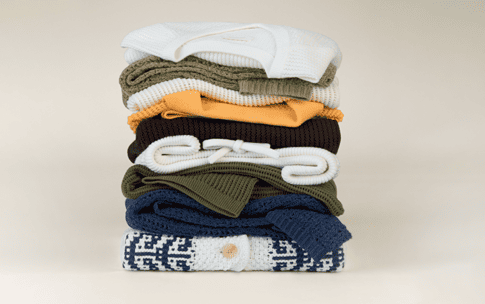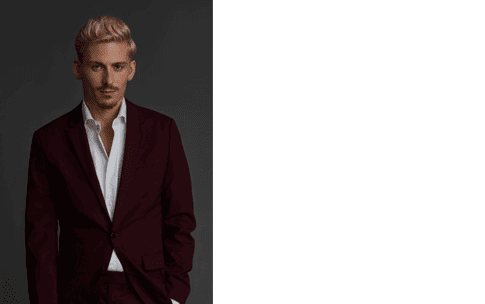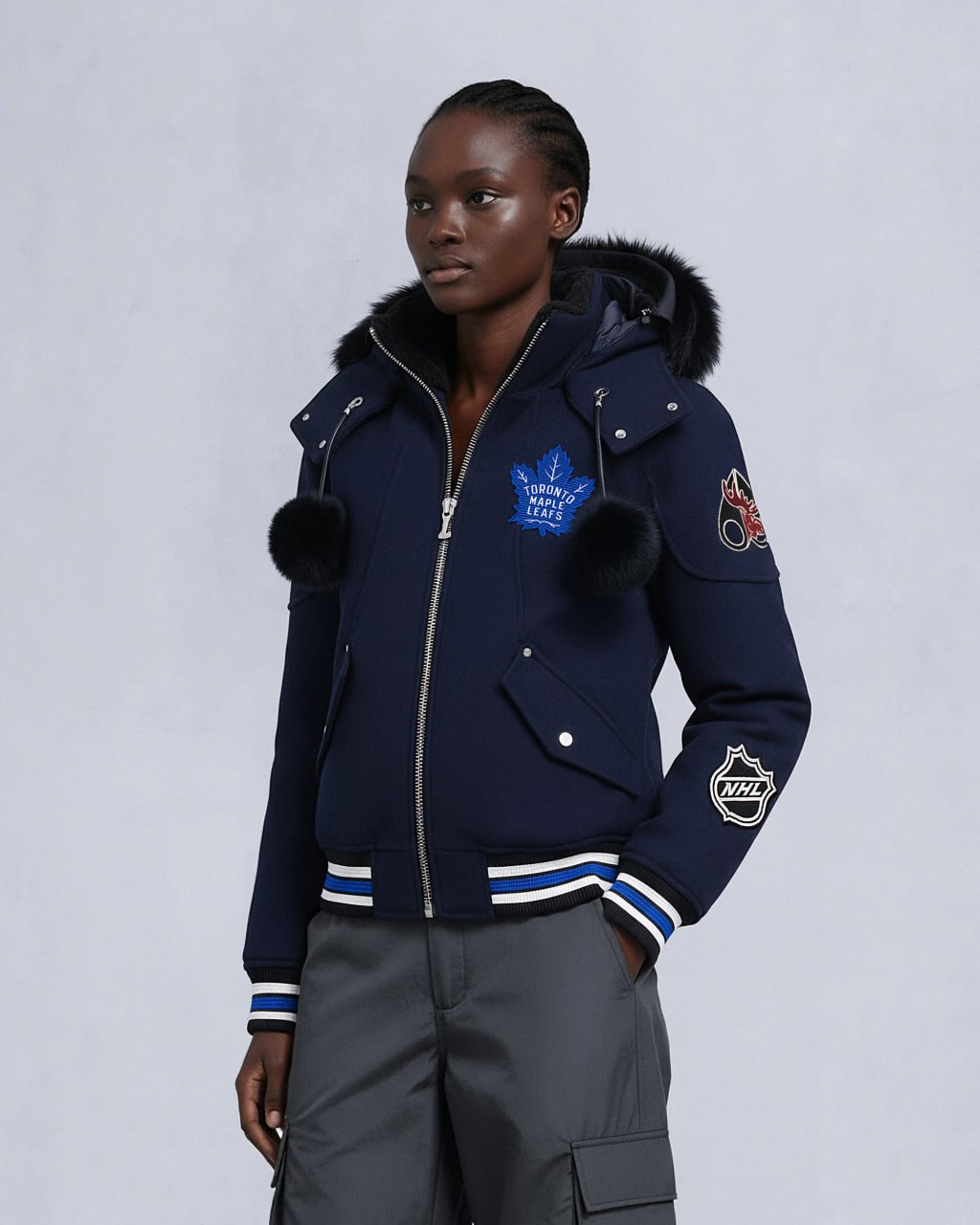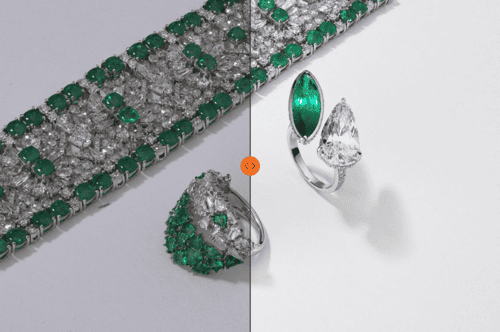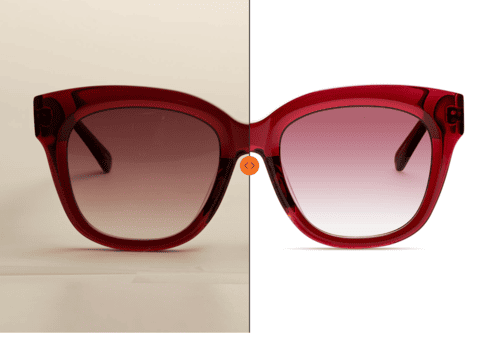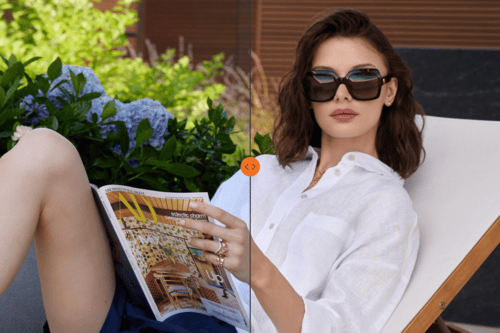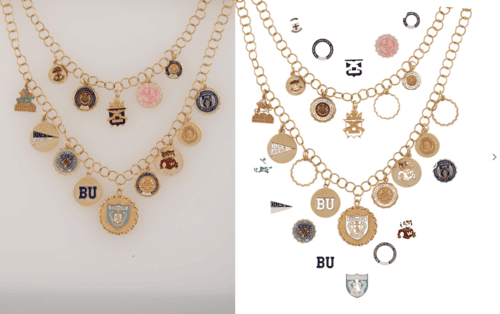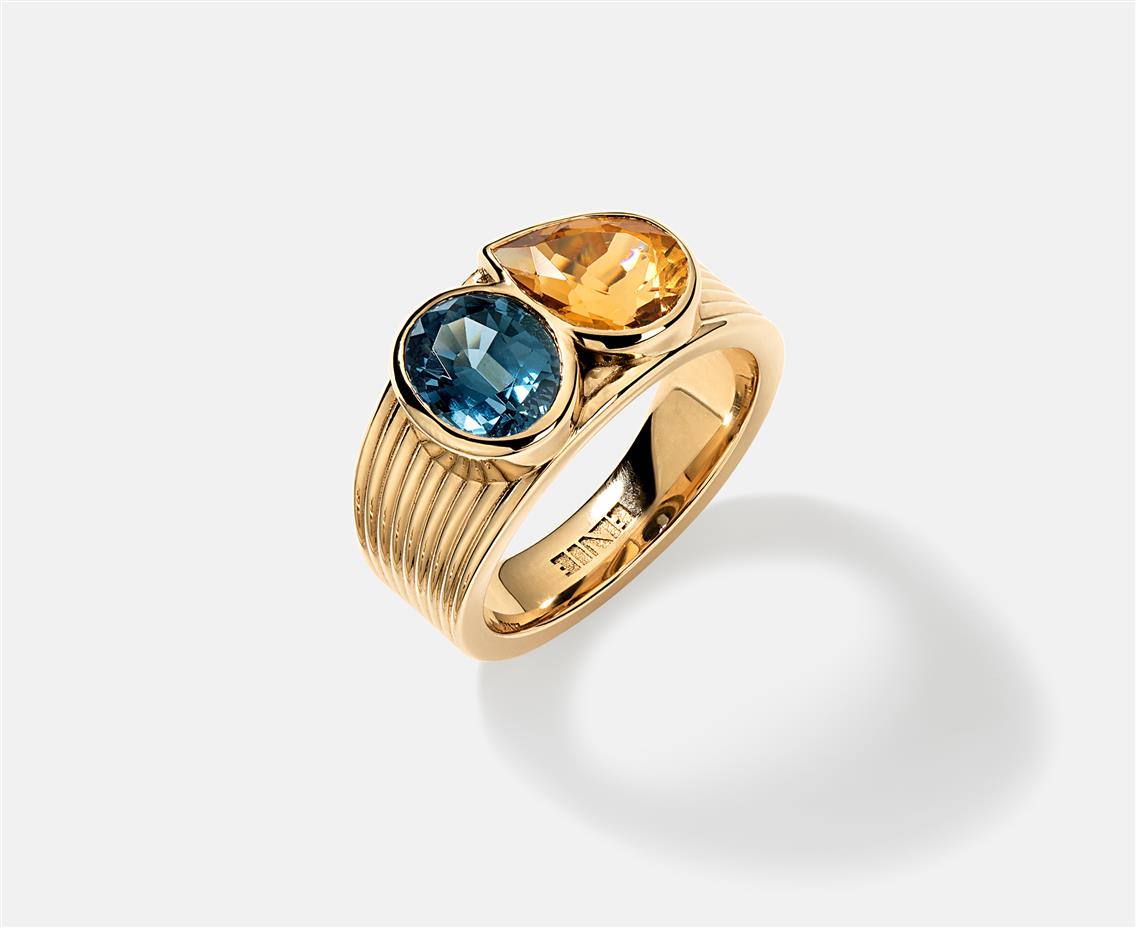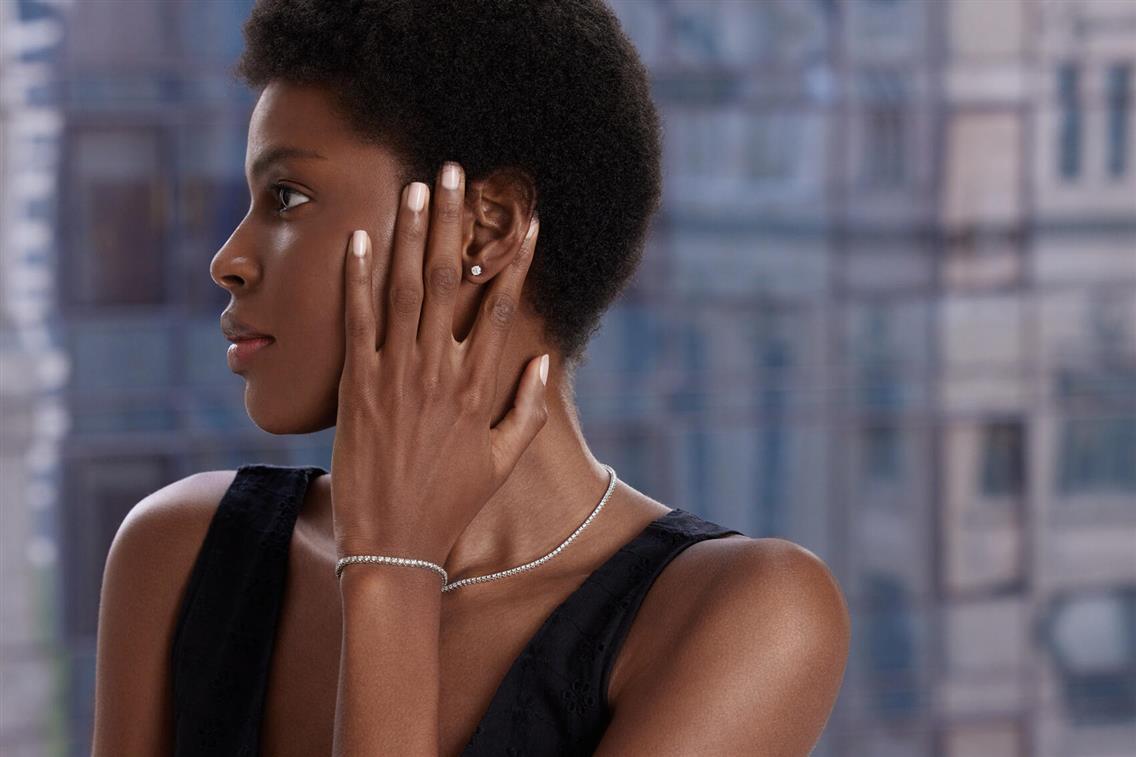Bag Product Photography Studio to Elevate Your Brand
A customer scrolls through hundreds of bags online. They pause for exactly 2.6 seconds on each image before deciding whether to click or keep scrolling. In those crucial moments, your product photography is telling a story, making a promise, and quite literally determining your revenue.
Countless businesses pour their hearts into creating exceptional bags, only to watch sales flatline because their photography looks like it was shot by people who have no clue about the e-commerce environment. Meanwhile, their competitors with inferior products but stunning visuals dominate the market. It's not fair, but it's reality.
The difference between a scroll-past and a sale often comes down to one decision: working with photographers who understand the business. But that’s not all. Brands must also understand how to brief their visual partners and what to expect from them.
In the next few minutes, you'll discover how professional studios work and the essential knowledge that will bring you on the same page with them.
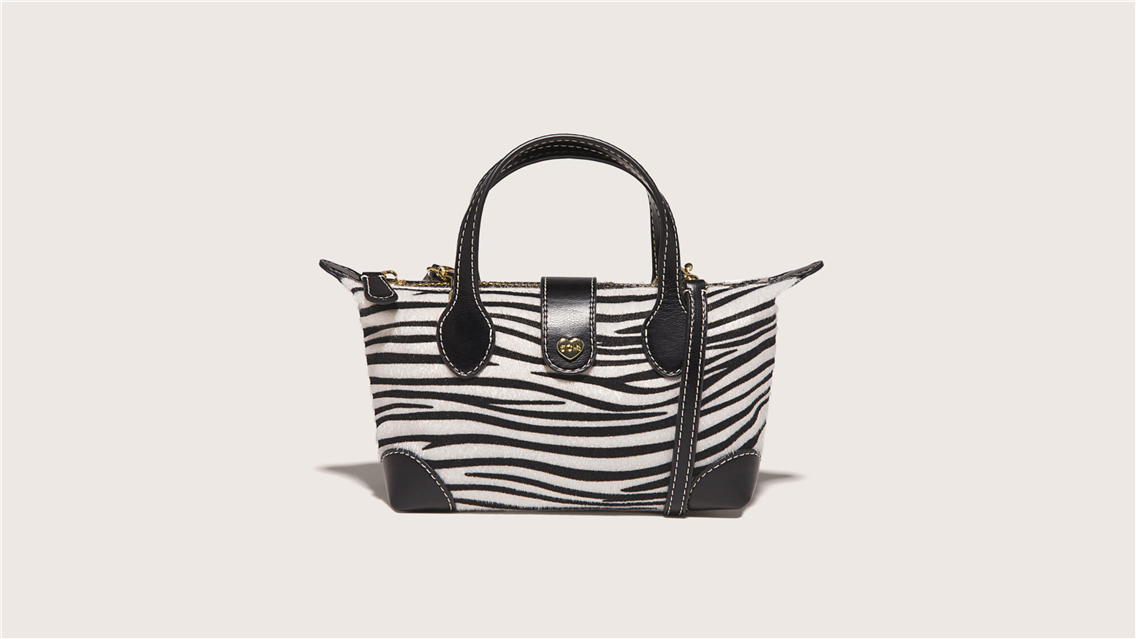
Why Product Photography is So Important for Bags & Accessories Online Sales
When customers shop online, they can't feel the supple leather, test the sturdiness of straps, or see how a purse complements their outfit. Your images must bridge this sensory gap completely.
- Brand Awareness: First impressions happen in milliseconds. Distinctive, consistent photography helps your bags stand out in crowded marketplaces and social feeds. The visual language establishes whether you will use minimalist product shots on seamless backgrounds or lifestyle imagery showcasing your bags in aspirational settings to create immediate brand recognition.
- Customer Engagement: Images showing a bag from multiple angles, interior compartments, and in-context use encourage customers to linger on your listing. Each additional second spent with your product dramatically increases purchase probability.
- Conversion Impact: For accessories, seeing is believing. And buying. Listings with professional photography convert at rates 2-3 times higher than those with amateur images. For premium or luxury bags, where customers are making significant investments, sight-unseen, comprehensive, high-quality imagery is the entry price.
- Trust Building: Clear, detailed photography signals professionalism and transparency. When customers can examine stitching details, hardware quality, and true colors before purchasing, they shop with confidence, reducing return rates and negative reviews that can sink a brand.
Seamless Background vs. On-Model Catalog Photo. What Works Best for Bags?
Seamless background photography (usually on white, gray, or beige) is perfect for product pages. It keeps the focus on the bag's shape, color, and features, with no distractions. Great for showing all angles, details, and consistency across your catalog.
Look at Prada's product pages. Their clean white backgrounds create a gallery-like presentation that elevates the architectural qualities of their designs. The consistency across their entire catalog establishes immediate visual professionalism. For detail-oriented brands like Hermès, seamless backgrounds allow the distinctive leather textures and hardware to become the focal point without competing elements.
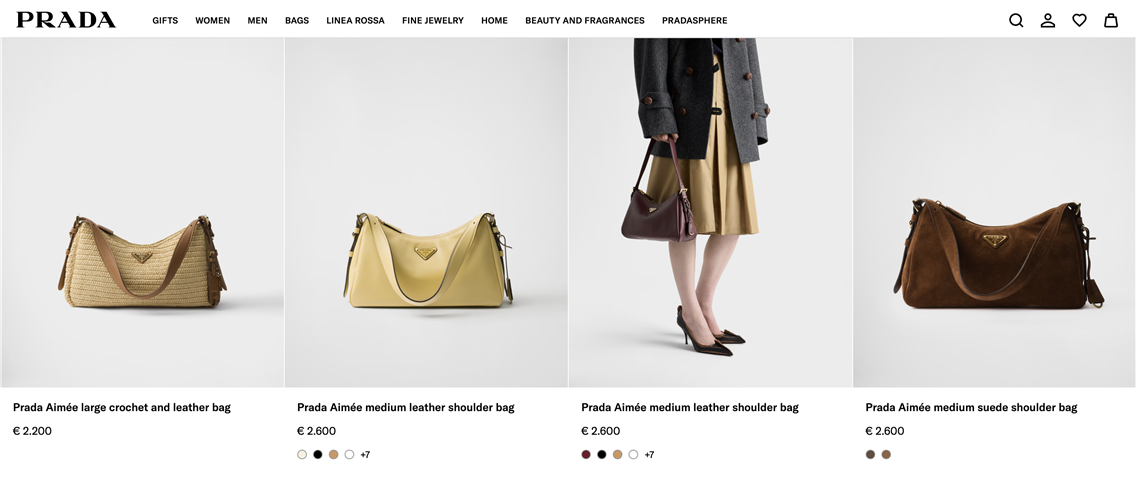
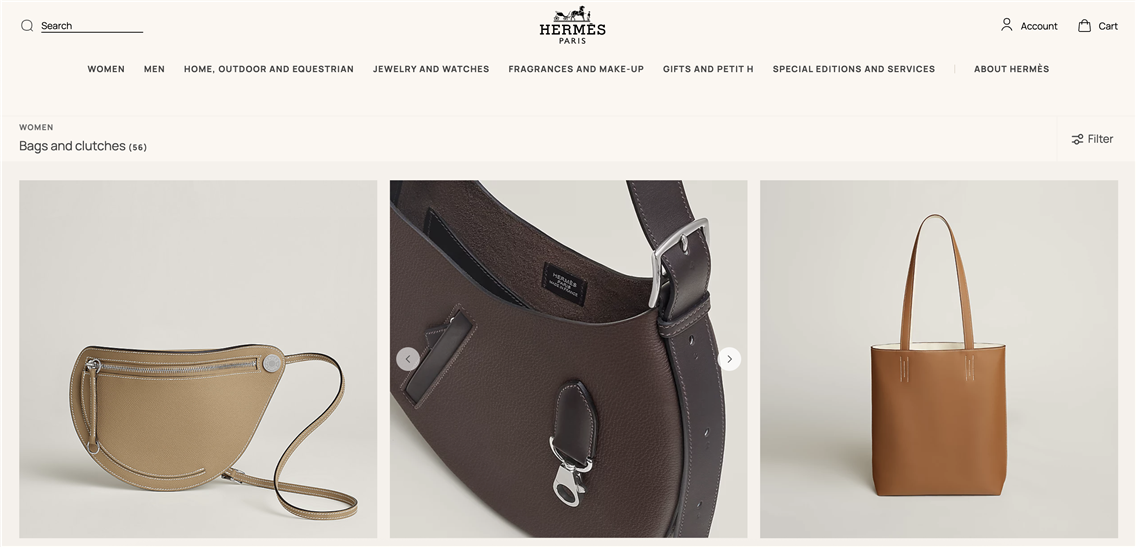
On-model catalog photography brings scale, styling, and real-life context. Seeing the bag worn gives customers a better feel for proportions and how it fits their lifestyle. Great to include on product pages as well.
Coccinelle leverages on-model photography to demonstrate how their crossbodies sit against the hip, while Marc Jacobs shows bags worn across multiple styling contexts, from casual to evening. These real-world scenarios create an emotional connection and answer the critical customer question: “How would this look on me?”
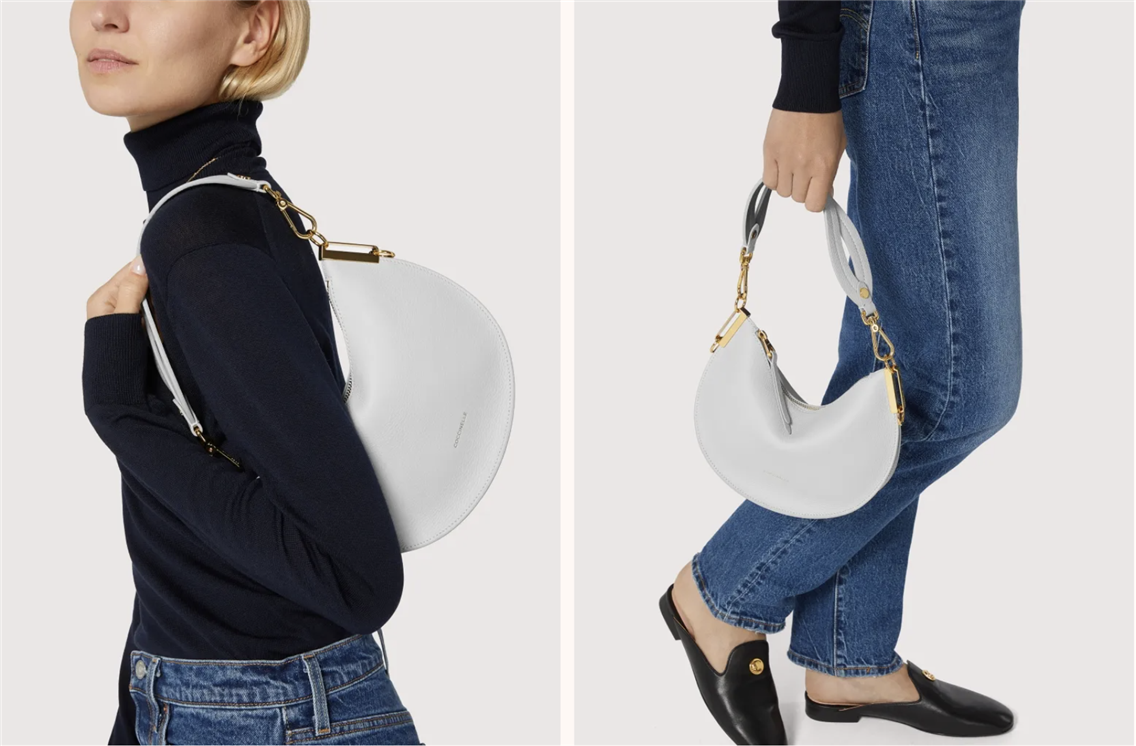

Most high-performing bag brands use both styles together, creating a seamless background product photo for clarity and conversion, and an on-model photo for aspiration and scroll-stopping potential.
Polène masterfully combines these approaches, starting with pristine white-background shots for precise product representation, then following with lifestyle imagery showing their distinctive French aesthetic. Coach follows a similar formula, using clean product shots for clarity and specifications, then integrating on-model photography to demonstrate versatility and styling options.
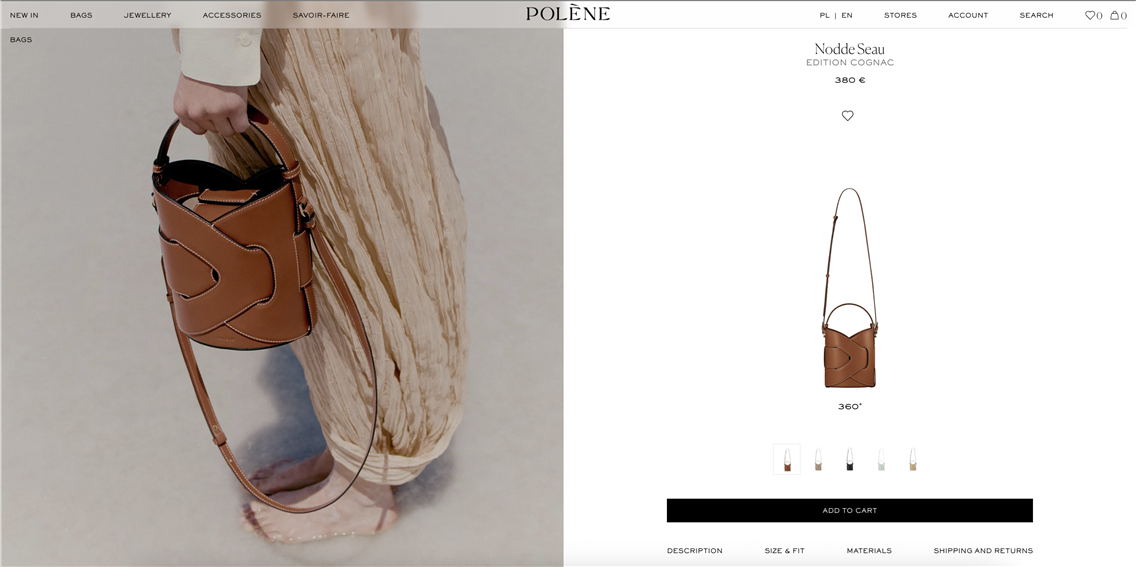
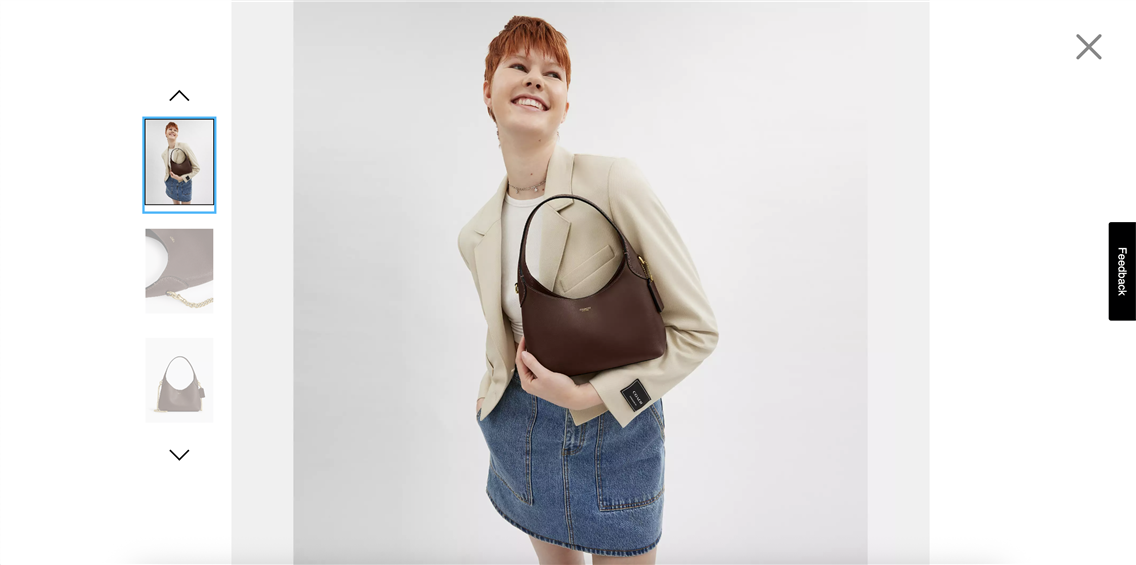
How a Professional Studio Photographs Bags
A professional bag photoshoot follows a structured workflow that delivers consistent, high-quality results:
Pre-Production Phase
- Brief Development: Identify your brand positioning, target audience, and which bag features need emphasis, and communicate this to your visual studio.
- Moodboard Creation: Visual direction takes shape through collaborative references defining lighting approach, composition styles, and color stories.
- Shot List Planning: We map each required angle and detail shot to specific marketing needs, as product pages require different coverage than social content.
Production Phase
- Technical Setup: We use multiple soft light sources with targeted accents to reveal texture while maintaining accurate color.
- Styling Preparation: Each bag undergoes meticulous stuffing, cleaning, and strategic positioning of handles and hardware.
- Sequential Capture: Following the shot list, we methodically capture each angle, reviewing images on calibrated monitors for real-time quality control.
Post-Production Phase
- Culling: We identify the strongest images that are consistent with the entire product line.
- Editing: Processing includes clipping paths, basic edits, and precise color corrections to match physical samples.
- Final Retouching: Subtle adjustments to texture communicate tactile qualities through visual cues and careful cleanup that preserves material authenticity.
- This systematic approach ensures customers receive products that match or exceed the expectations set by your photography.
Key Details to Highlight in Bag Photography
Tactile sense is a crucial element of bags as a product category. Such details sell, especially in luxury or design-led brands. The right macro shots can communicate craftsmanship like a touch that justifies price points and reduces return rates by setting accurate expectations.
Hardware (gold vs. silver, finish, signature design elements)
Bottega Veneta's photography isolates their signature intrecciato knot closures against neutral backgrounds, highlighting the subtle brushed finish that differentiates their hardware. Loewe dedicates specific images to their puzzle bag's geometric hardware, using angled lighting to show the architectural precision that makes their closures distinctive both visually and functionally.
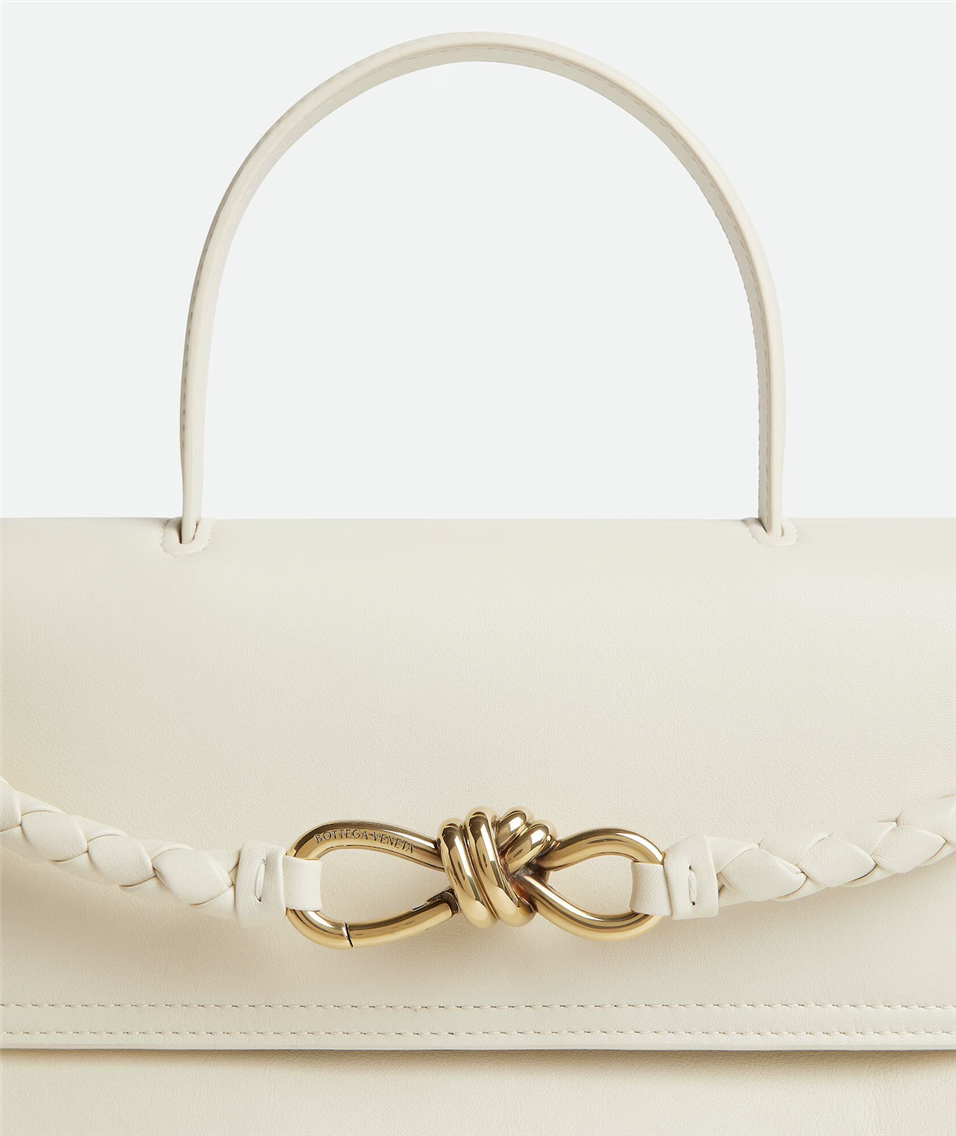
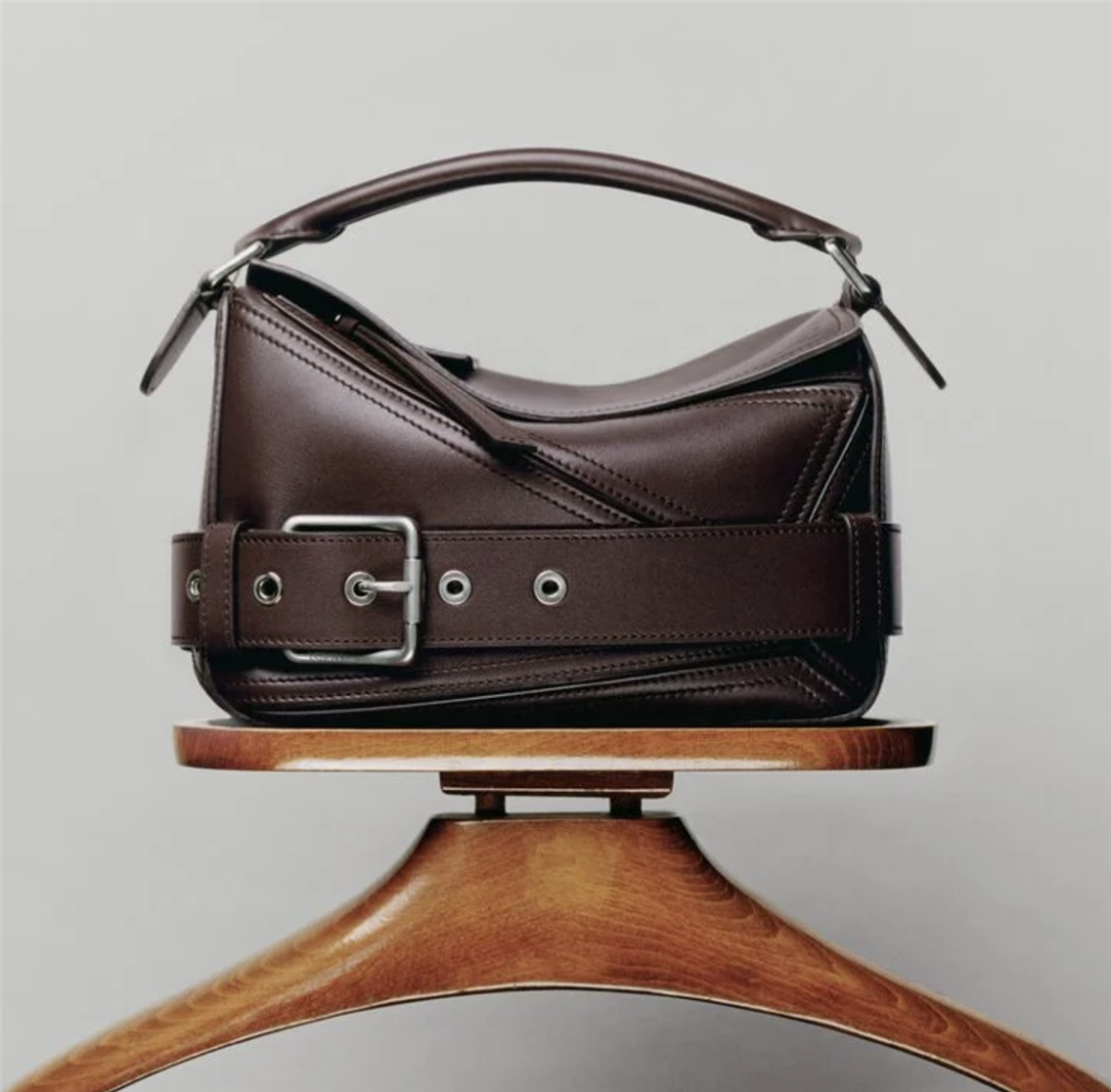
Stitching and edges (especially for hand-crafted or premium lines)
Moynat's macro photography captures their traditional saddle stitching where each thread crosses through the same hole, a hand-crafted detail invisible in standard shots. Valextra highlights their characteristic "costa" painted edges with raking light that reveals the precise application and consistent thickness that signifies their meticulous finishing process.
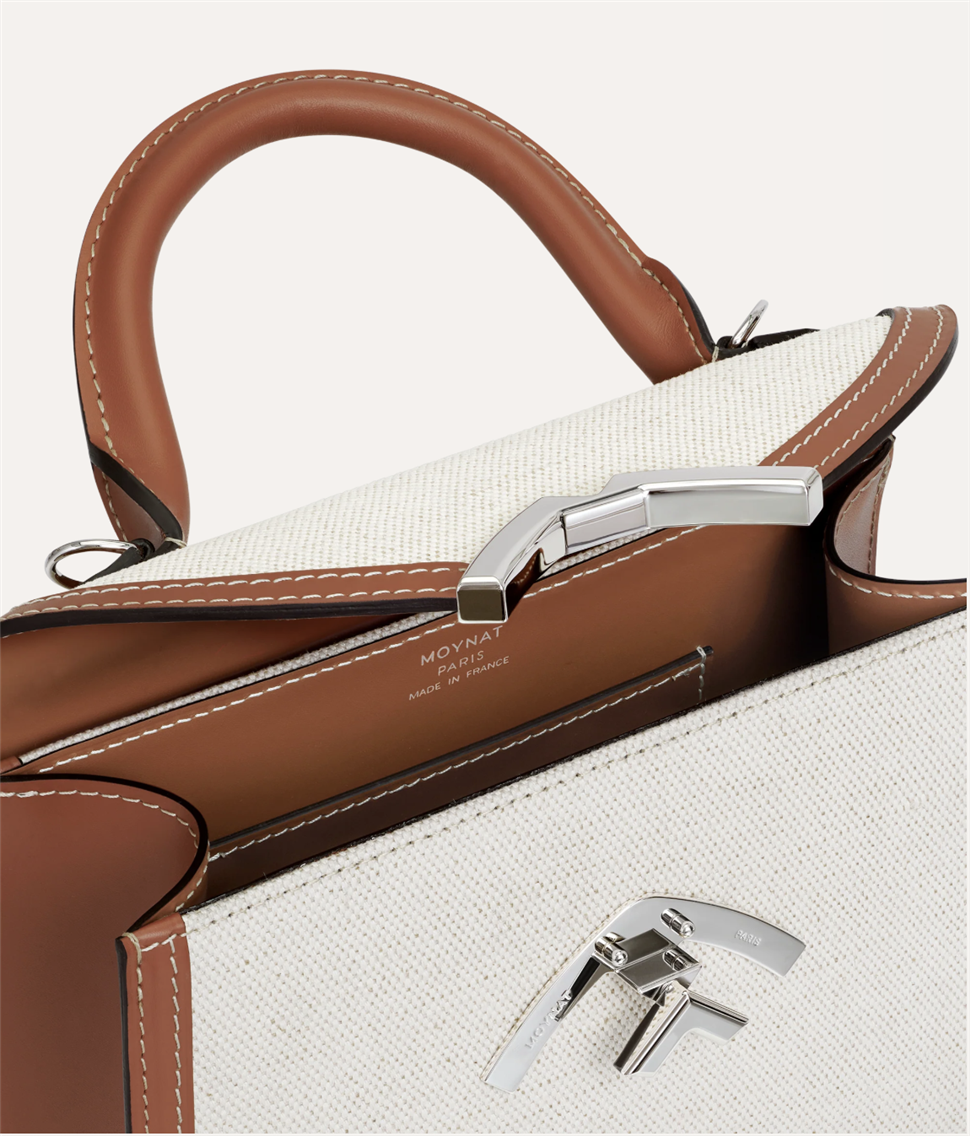
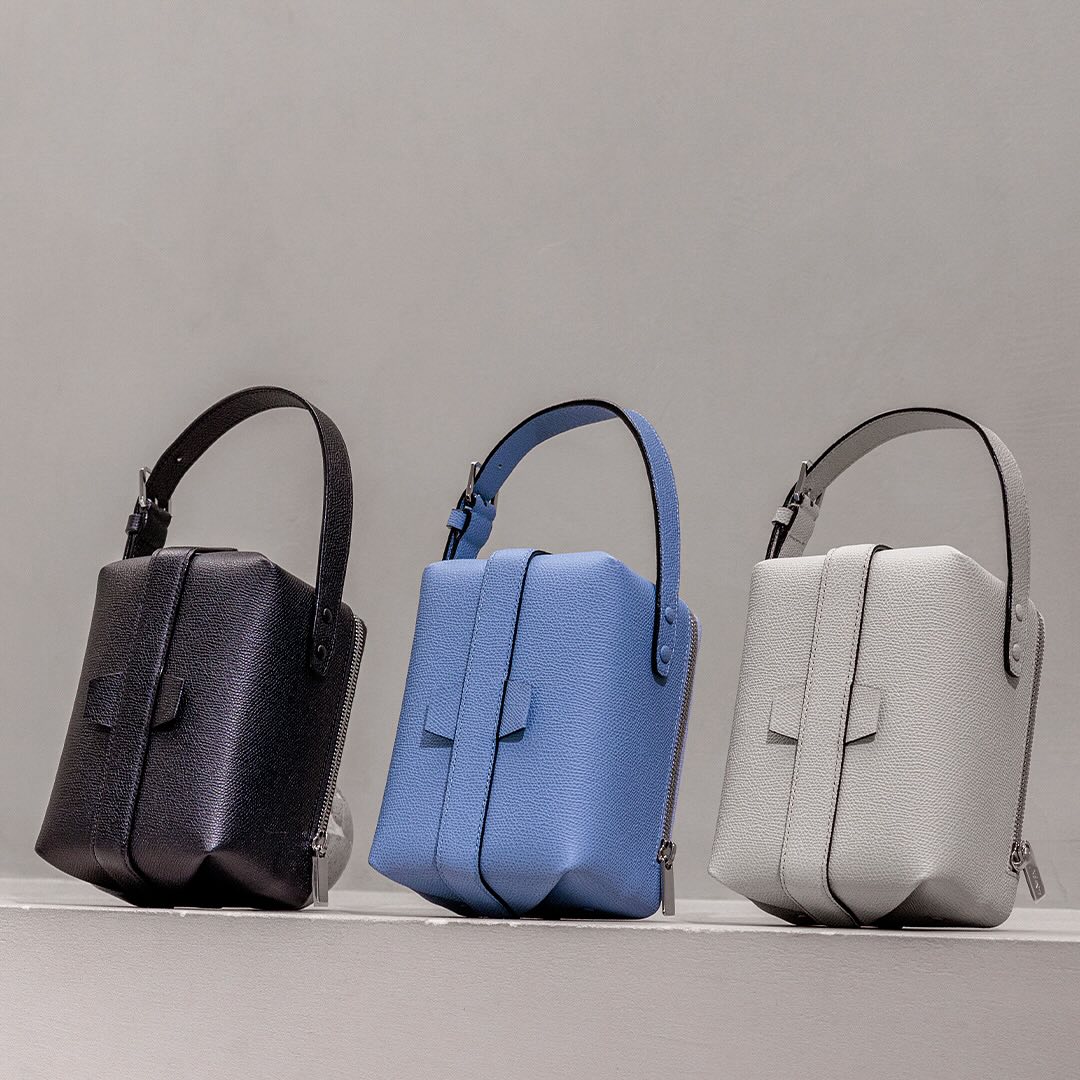
Strap adjustability and hardware
Strathberry shows their bar closure mechanisms in detail, capturing the engineering behind their distinctive front flaps. Celine includes specific shots demonstrating how their Belt Bag straps adjust and secure, answering functionality questions that drive purchasing decisions for everyday bags.
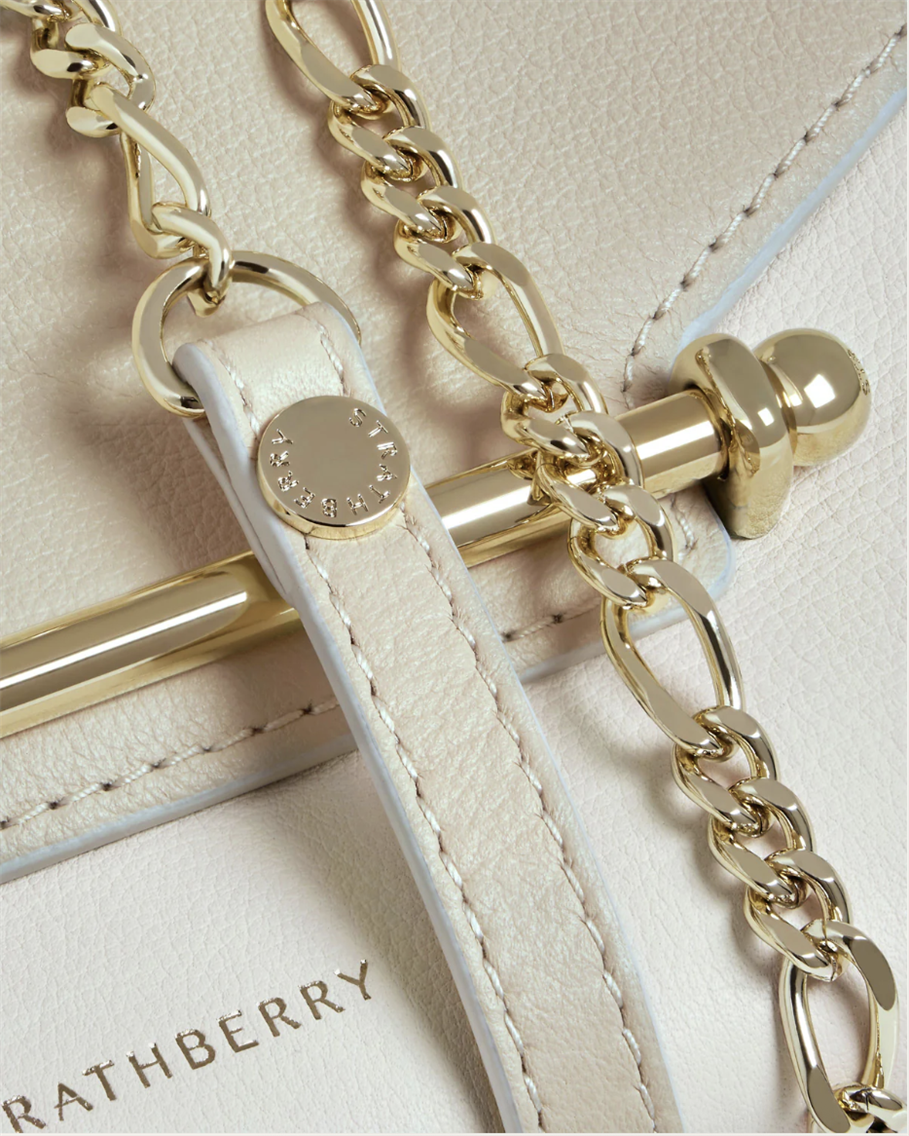
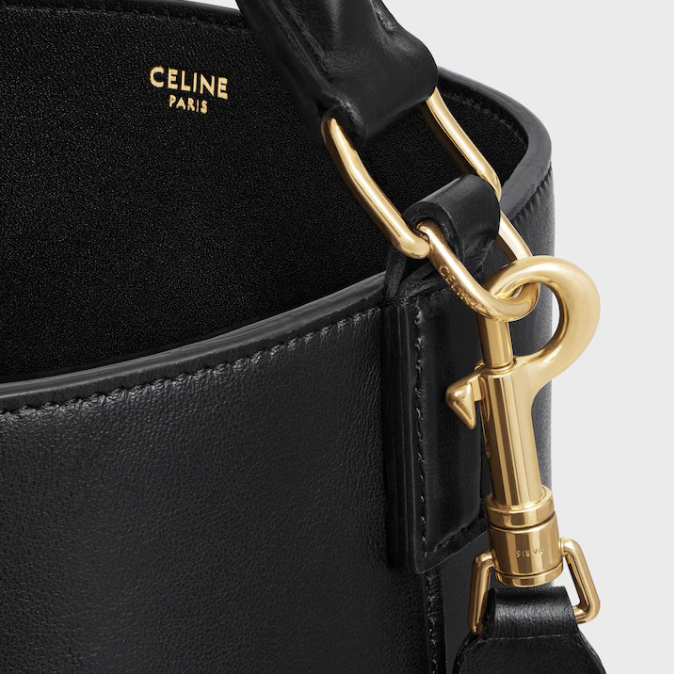
Branding (debossed logos, tag close-ups)
Mulberry's photography captures their tree logo embossing under directional lighting that creates a shadow in the impression, revealing depth that flat photography misses. Mansur Gavriel uses detailed photography to highlight their subtle interior stamping, which provides brand authentication without disrupting their minimalist external aesthetic.
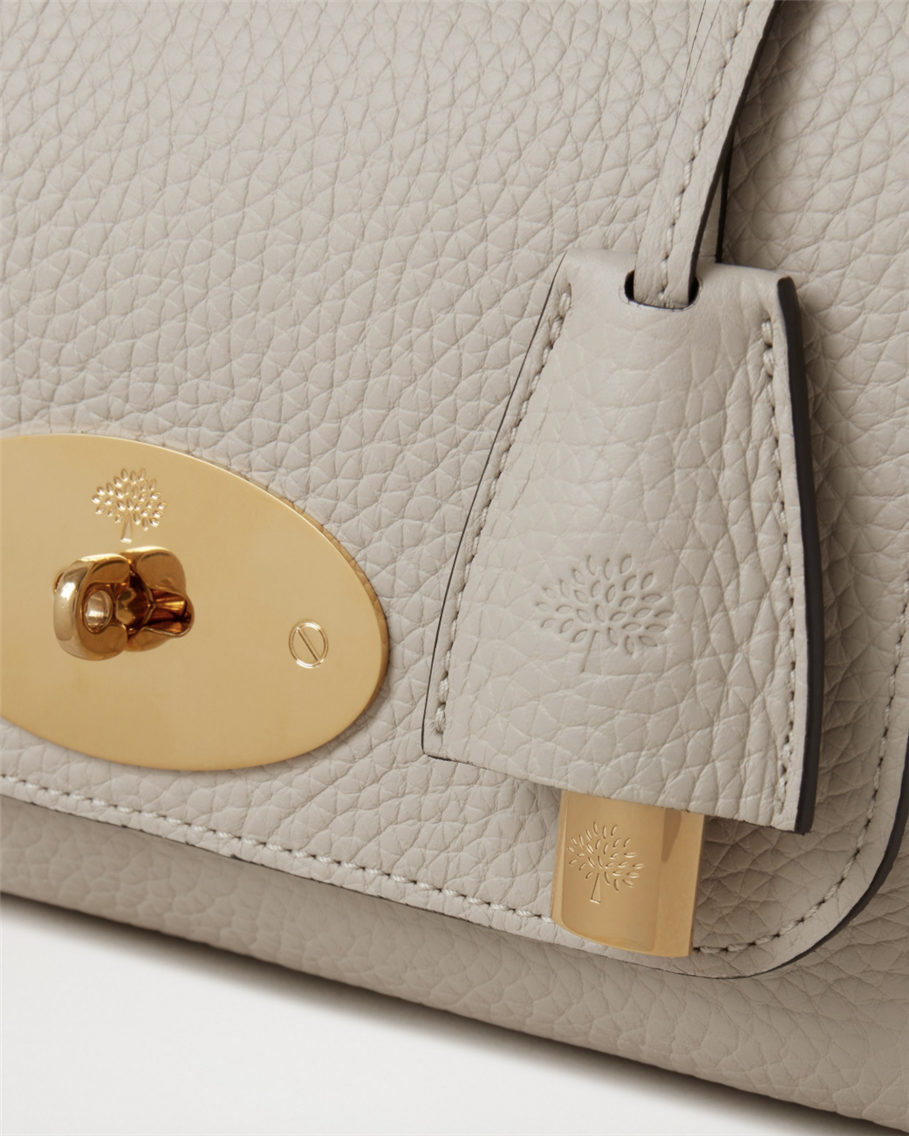
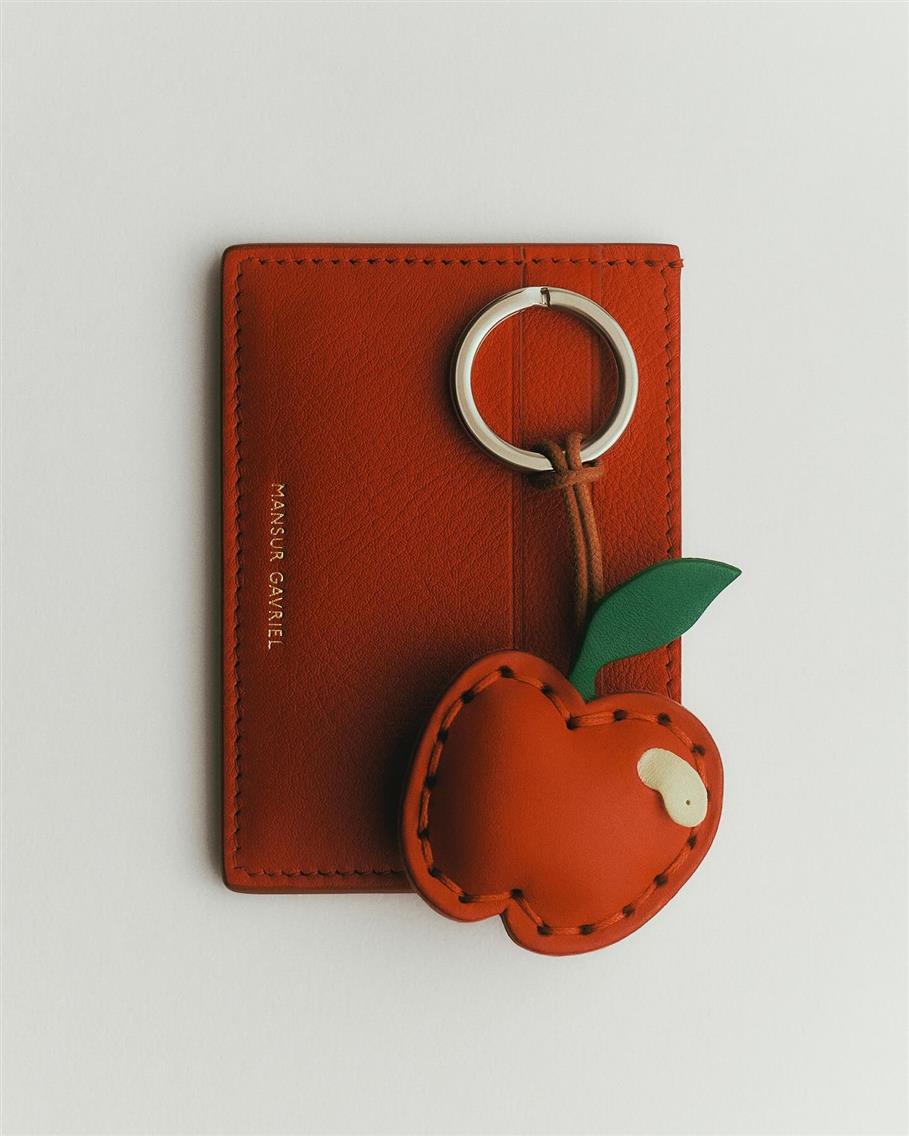
Material texture (canvas, leather grain, eco-materials)
Fendi's Selleria leather close-ups show the distinctive natural grain and hand-stitching that justify their premium positioning. Stella McCartney's detailed photography for their Falabella line captures the woven texture of their recycled materials, highlighting both the visual interest and environmental commitment behind their vegetarian leathers.
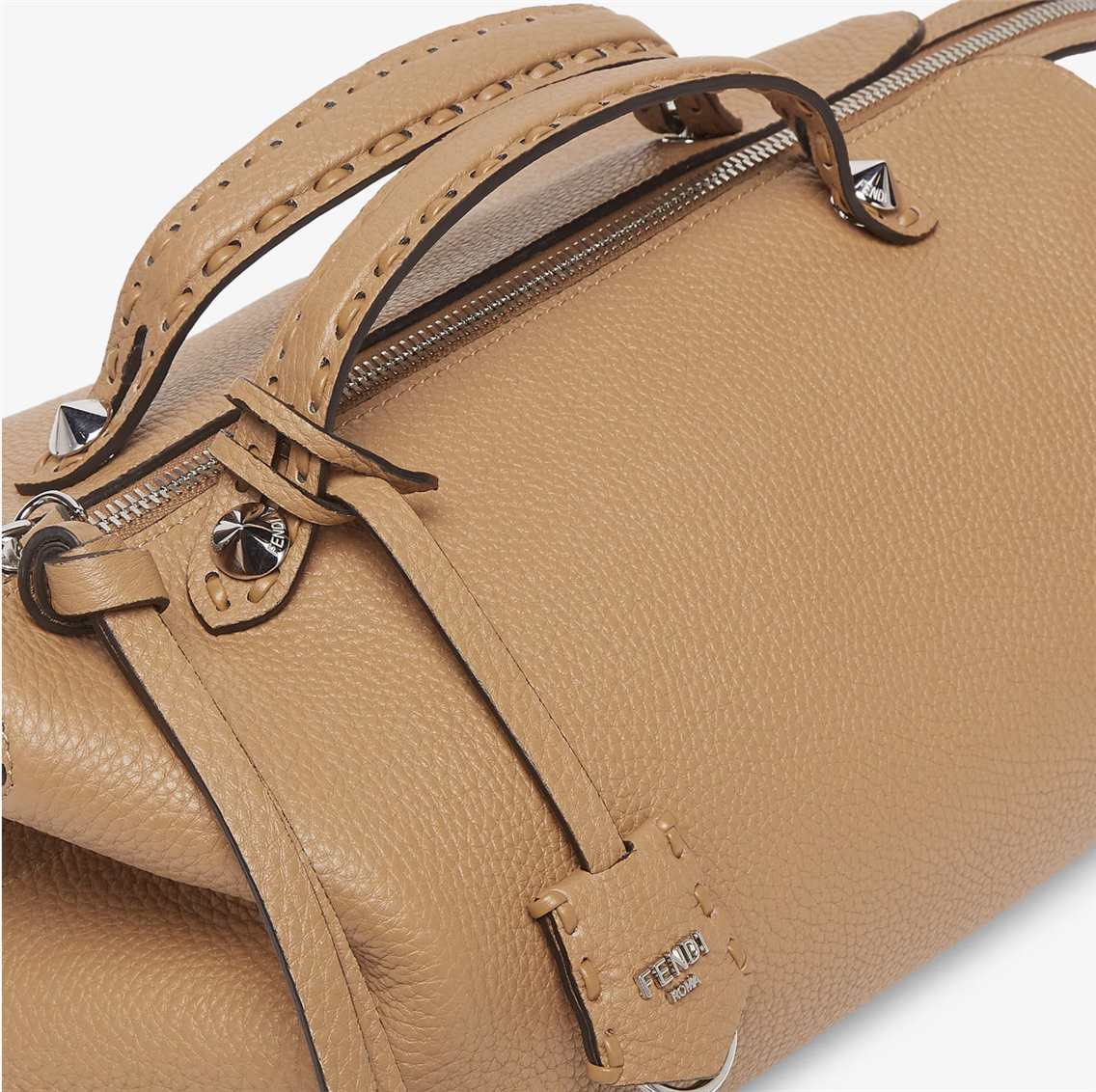
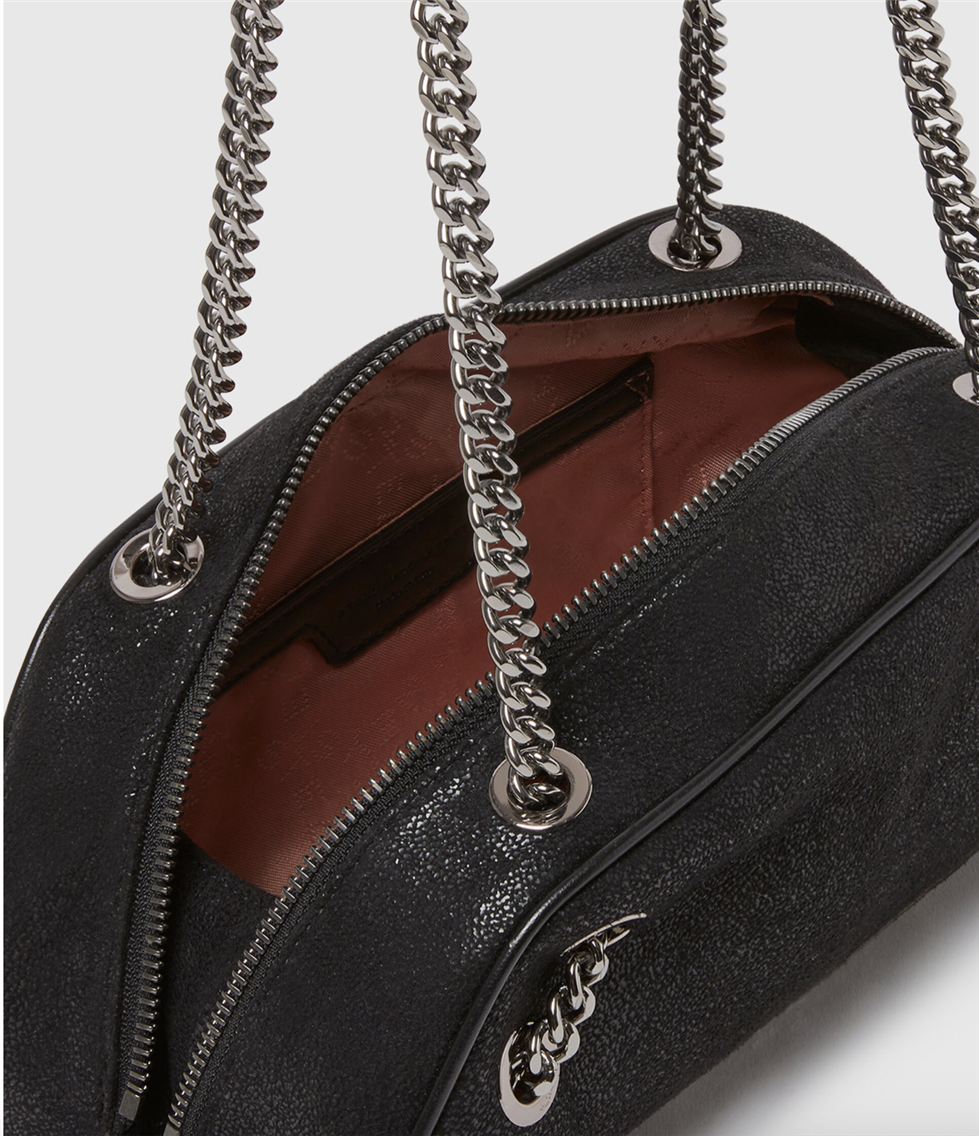
A polished zoom-in on these elements helps communicate quality and reduce returns by eliminating the surprise factor when customers receive their purchases. When detail shots are executed with technical precision, they become the digital equivalent of the in-store tactile experience.
Styling and Creative Direction for High-End Bag Photography
Behind every successful bag campaign lies a carefully orchestrated creative vision, not just technical photography skill. High-end bag photography requires a cohesive team based approach that elevates products from mere accessories to covetable status symbols.
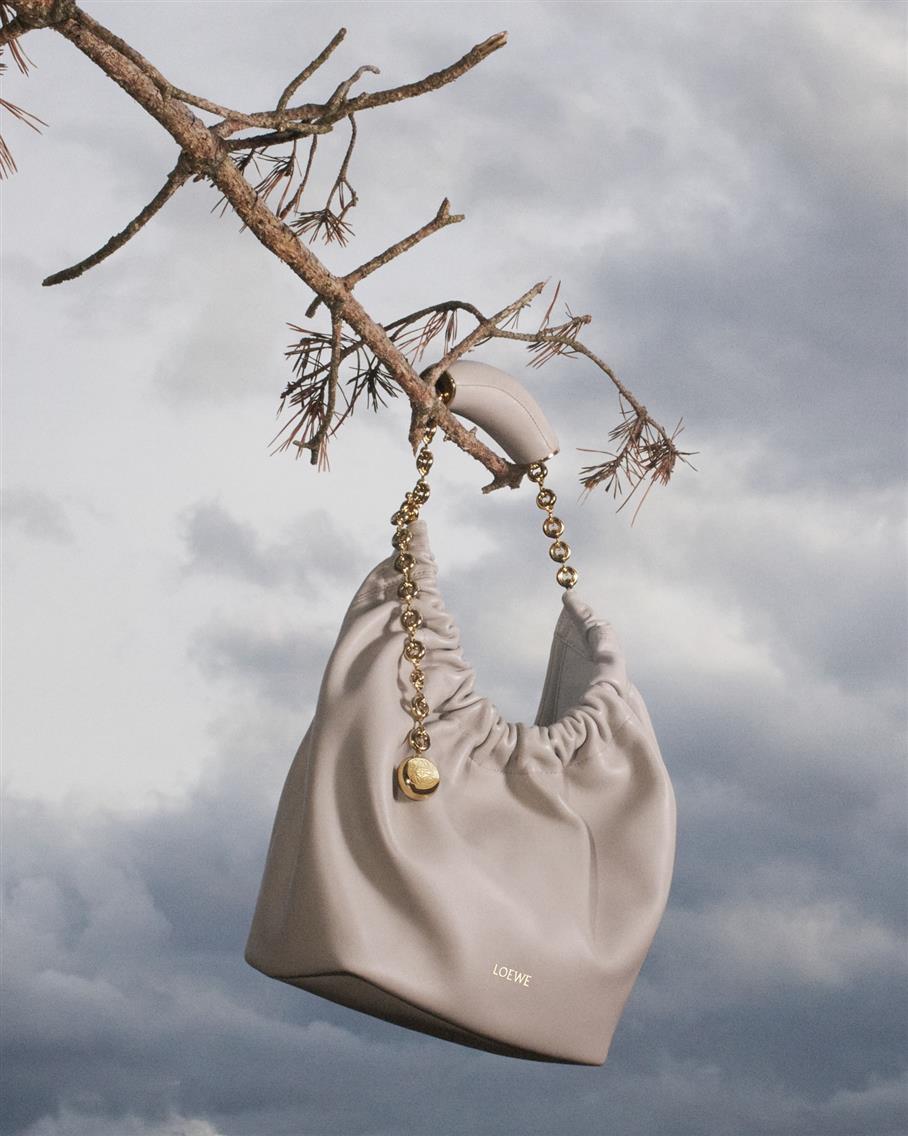
The styling and creative direction process serves as the crucial bridge between brand identity and visual execution. While technical photography captures what a bag looks like, creative direction communicates what owning it means.
Professional styling for bag photography demands expertise in:
Conceptual narrative development that aligns each visual with your broader brand story. This strategic foundation ensures images reinforce positioning, whether that's heritage craftsmanship, contemporary functionality, or avant-garde design.
Prop selection and Styling that creates meaningful context without overwhelming the product. The difference between amateur and professional imagery often lies in the subtle supporting elements that frame the bag, from the texture of surfaces to complementary objects that suggest lifestyle without stating it explicitly.
Color story orchestration that creates visual harmony between the bag, environment, and brand palette. This careful calibration extends beyond the obvious product color to consider undertones, complementary shades, and strategic contrast points.
Composition architecture that directs the viewer's eye deliberately through the frame, emphasizing key selling features while creating visual intrigue. Professional stylists understand how negative space, visual weight, and directional cues influence perception.
Detail prioritization that highlights signature elements without creating visual chaos. Knowing which hardware, texture, or functional feature to emphasize in each shot comes from deep category understanding, not just aesthetic preference.
The investment in professional creative direction yields measurable returns through increased perceived value, stronger brand recognition, and visual consistency that builds customer confidence across all touchpoints from first impression to purchase decision.
Get Started with a LenFlash Studio That Understands Fashion Brands and eCommerce
At LenFlash, we create visual assets that drive conversions. As specialists in eCommerce photography, we understand the unique challenges of showcasing texture, scale, and functionality that make or break online sales.
Our team delivers channel-specific imagery optimized for your website, strict marketplace requirements, and engagement-focused social platforms — all from a single efficient production process.
We've helped brands transform their photography from a marketing expense into a sales-driving investment with measurable ROI through higher conversion rates and reduced returns.
Explore LenFlash's service range for bag photography now:
